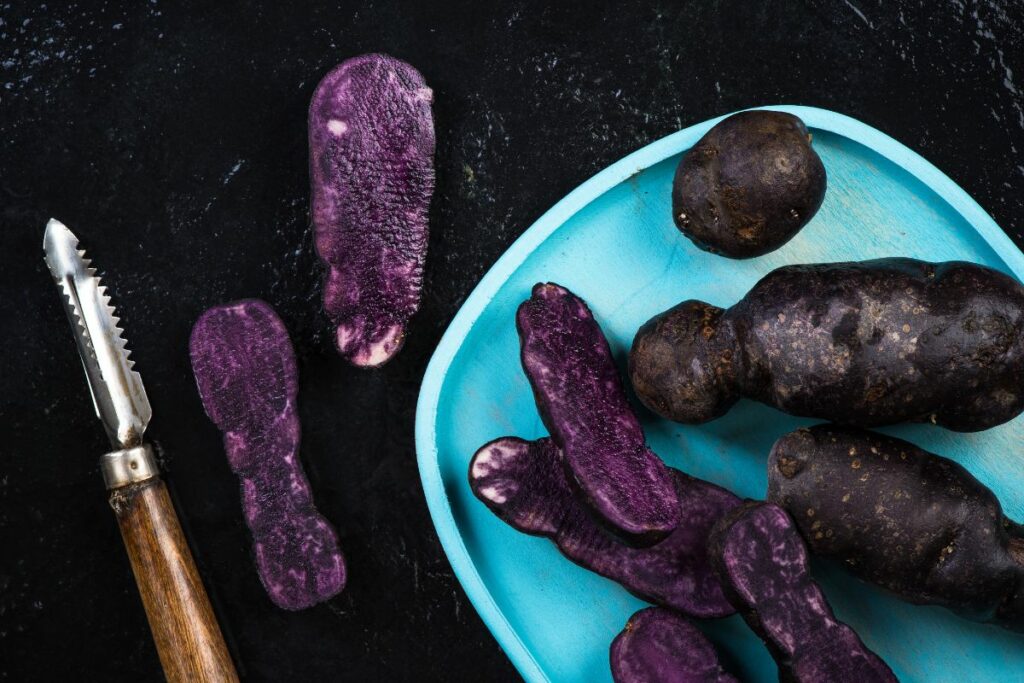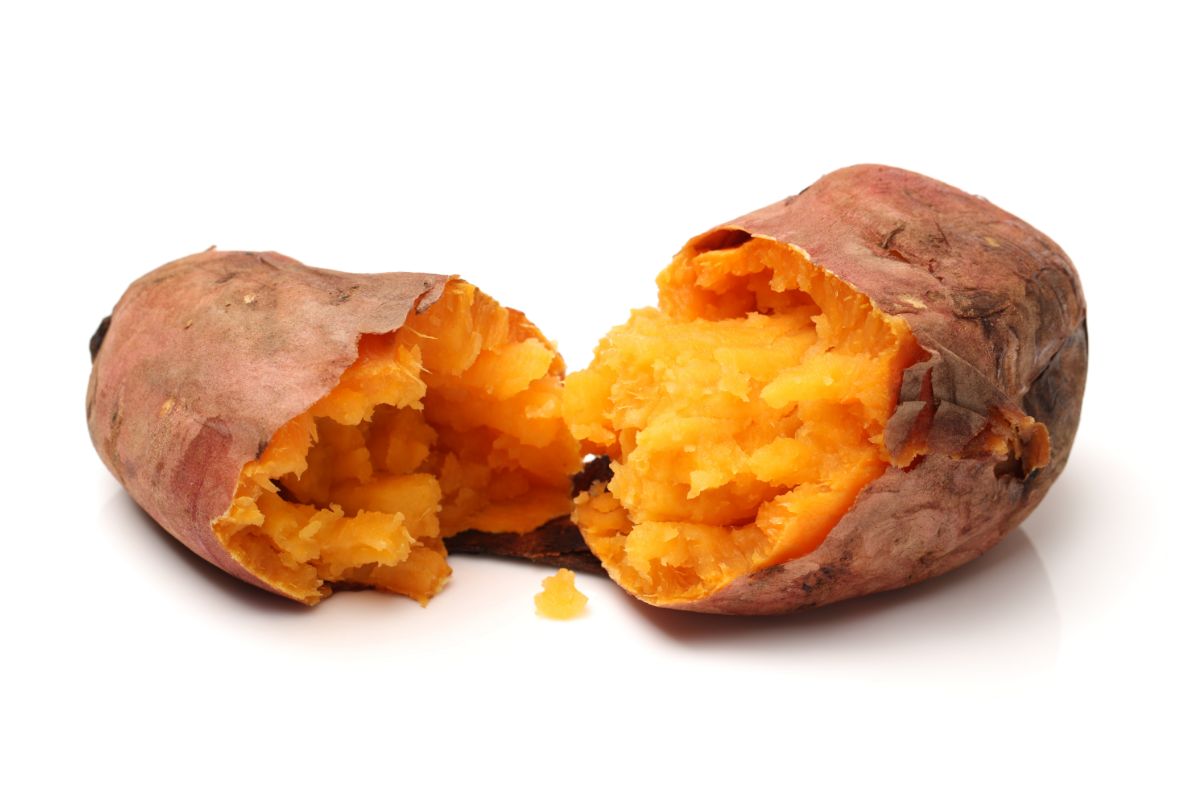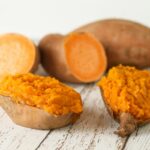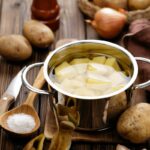Ube is not something that you might find in your local supermarket, but it is becoming increasingly popular. You might have seen this as an ice cream that is purple in color, but you might be surprised to find out that it is a root vegetable.

This is very much like a yam or a sweet potato and can be cooked and prepared in much the same way. This has a distinctly sweeter flavor than regular potatoes, although it is not as intense. It is also brimming with nutrients and essential vitamins such as zinc, calcium, and B vitamins.
So where can you find ube? How much will it cost you to buy from the store? What does it taste like? What recipes require ube? Well, we have all the information on this root vegetable that you need, so keep reading to find out all you can.
Ube – The Root Vegetable You May Never Have Heard Of
The first thing that you might notice about ube is the fact that it is bright purple. That’s right, you can spot it from 200 yards away. It is very vivid, much like the sweet potato is a bright orange color. This is also known as purple yam.
This is very commonly used in a lot of Filipino dishes and can also be made into ice cream (more of which below). It is found all throughout Southeast Asia.
Purple yams can be cooked in many ways, whether it is roasting, broiling, or baking. You can also boil and mash a purple yam in much the same way as you would sweet potato or taro.
What Does Ube Taste Like?
This tastes very similar to sweet potato in that it has an almost sugary taste, although it contains more moisture than a sweet potato, which makes for a much quicker cooking time.
Because of its sweetness, this can be mashed and frozen to make a lot of desserts.
One of the main Filipino dishes that is used is Ube Halaya. This is a kind of jelly that can be served on its own or used to make other desserts. The recipe involves mashing up the yam and mixing it with condensed milk and butter.
You then wait for it to cool down and form it into different shapes.
You can always identify what food contains ube, as it usually has that purple color that is distinctive to this root vegetable.
Nutritional Benefits Of Ube
This is a very nutritious vegetable, coming with plenty of vitamins and minerals that will boost your immune system and help you recover from injuries. Here are the stats on ube:
- Ube (3.5 ounces)
- 120 calories
- 27g carbohydrates
- 4g fiber
- 1g protein
- 0g fat
- 20mg calcium (2% daily value)
- 0.36mg iron (2% DV)
- 12mg vitamin C (13% DV)
- 100IU vitamin A (11% DV)
This is mainly a source of carbohydrates, which makes it great for gathering energy, either before training or to get you through a hard day at work. Carbs are also good for muscle repair.
This yam, like a lot of root vegetables, is also a great source of fiber, which is great for your digestive system. It also contains 0g of fat, which is great if you are trying to cut back on calories. It is also a much better source of carbs than bread or rice.
The Differences Between Ube And Other Root Vegetables

Purple yams are often mistaken for sweet potatoes and red yams. Red and purple yams have a slightly narrower shape than sweet potato, which is often more bulbous than the two.
A cooked ube will have a white color to its flesh, whereas an uncooked version is distinctly purple. A red yam has a dark red color before it is cooked and a brighter orange color after it has been cooked.
There are also slight differences between the taro and the purple yam. They both grow underground and are used as storage for nutrients in other plants. However, where the two differ is the taste.
Taro has a more balanced flavor profile than ube, so it is often used for sweet and savory dishes, whereas purple yam is mainly used in sweet cuisine. In terms of texture, taro is more like a regular potato.
It is also larger and comes with white flesh with purple specks.
Where Can You Buy Ube?
It might be difficult to find ube at your local supermarket. However, if you go to a traditional Asian food market, then you might be able to find fresh ube there.
If you are struggling to find raw ube, you can always get it in powdered form, which is much easier to add to cookies and ice cream.
Ordering online might be the best way to get ube, although you will probably only be able to order it in powdered form or as an extract that you can add to boiling water.
Ube And Desserts
As we have mentioned above, ube is a popular addition to many desserts, due to the natural sweetness that it contains. This can be enjoyed as ice cream, which is becoming a popular substitute for traditional dairy ice creams in the West.
These ice creams are made by combining mashed purple yam with sweetened condensed milk and heavy whipping cream. All you need to do is blend the yam with the milk and then fold in the whipping cream.
Then place the mixture in a container and put it in the freezer.
The taste of ube ice cream is quite nutty and has been described as tasting like a cross between vanilla and pistachio. This is another very popular dessert in the Philippines.
Conclusion
We hope that our guide to ube has piqued your interest and given you some inspiration on how to use this unique root vegetable. This goes really great in dessert and is very simple to make at home with only a few ingredients.
This also makes a great substitute for dairy.
- How To Reheat A Cheesesteak - November 5, 2023
- What Are Three Must Have Kitchen Knives? - September 22, 2023
- How To Protect Edges Of Pie Crust - June 15, 2023








